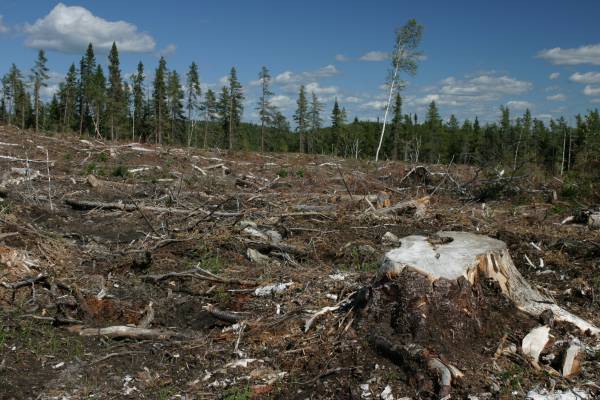Panthera onca
Lord of the Night
The Jaguar
The Jaguar is by far the largest cat in the Western Hemisphere. In Suriname, a country in central America, natives referred to the great jungle cat as a god. Other Native American cultures such as the Aztec and Maya called the Jaguar the "god of the night and lord of the underworld." Jaguar comes from "yaguar" which means he who kills with one leap.
Jaguars can live to be 15 years old and get to 8 feet long including, tail and weighing on average 100-250 lbs (hence biggest cat in Western Hemisphere).
Something that sets Jaguars aside from all other cats is that they are actually very good swimmers and enjoy spending time in the water. They are strong predators in the water and will catch fish, turtles and even small caiman.
Jaguars hunt everything from armadillos to large cows, which they will take down by biting them head or in the face.
Jaguars mostly live alone but can have huge territories spanning many miles.
A female will have up to four cubs at a time, which are born blind, so she constantly defends them, even from their fathers.
They are usually tan or orange with black spots called rosettes because of their rose shape. All jaguars are spotted, even the very dark ones. They are heavily exploited for their beautiful coats. Jaguars have had to fight for survival despite once being such a revered predator.
The Jaguar is by far the largest cat in the Western Hemisphere. In Suriname, a country in central America, natives referred to the great jungle cat as a god. Other Native American cultures such as the Aztec and Maya called the Jaguar the "god of the night and lord of the underworld." Jaguar comes from "yaguar" which means he who kills with one leap.
Jaguars can live to be 15 years old and get to 8 feet long including, tail and weighing on average 100-250 lbs (hence biggest cat in Western Hemisphere).
Something that sets Jaguars aside from all other cats is that they are actually very good swimmers and enjoy spending time in the water. They are strong predators in the water and will catch fish, turtles and even small caiman.
Jaguars hunt everything from armadillos to large cows, which they will take down by biting them head or in the face.
Jaguars mostly live alone but can have huge territories spanning many miles.
A female will have up to four cubs at a time, which are born blind, so she constantly defends them, even from their fathers.
They are usually tan or orange with black spots called rosettes because of their rose shape. All jaguars are spotted, even the very dark ones. They are heavily exploited for their beautiful coats. Jaguars have had to fight for survival despite once being such a revered predator.
Geographic and Populations Shifts
The largest cat in the Western Hemisphere once spanned most of the hemisphere. They went from Colorado all the way down to the very tip of South America. They haven't been reported as far north as Colorado since the early 1900's, but less than a handful have been seen in Arizona and into Mexico. Today they are exclusively only found around the Amazonian Basin in Brazil, Suriname and Peru. Encroaching human establishments have hindered jaguar roaming abilities which otherwise will cross massive territories.
Because their coats were so marketable, nearly 18,000 died per year through the 1960's and 70's.
Listing Date and Type of Listing
They were finally protected with the Convention on the International Trade in Endangered Species (CITES) in 1973. They are listed as Near Threatened by the International Union for the Conservation of Nature under the Red List of Threatened Species.
Cause of Listing and Main Threats
Jaguars have been successfully protected by CITES and are no longer sought after for their pelts. However, they are still hunted by ranchers mostly out of fear for their livestock. Huge areas of their natural habitats have been taken over or fragmented by humans for agriculture and infrastructure development. Much of the Jaguar diet, such as deer, have also been drastically over hunted by humans which has limited them in returning and broadening their habitats.
Road to Recovery
Jaguar Recovery Plan primarily focuses on habitat preservation to maintain their lands and reserve their natural prey. Jaguars cannot just be reintroduced to their traditional land if it doesn't have enough deer and monkeys for them to hunt. It has become too fragmented, they will be forced into taking down cattle from ranchers. A big push for this has been in establishing National Parks, such as Manu in Peru, to try and reclaim the large territories Jaguars once covered. Belize created a Jaguar Preserve which is the country's first area for protected wildlife. In 2000, some critical information was discovered about Jaguars that has enhanced efforts to protect them, they are the only large cat with no subspecies, which means Jaguars in Mexico and far south into South America are genetically the same. This lead to the Jaguar Corridor Initiative which seeks to connect peoples in governments from Mexico to Argentina with jaguars and how to live without conflict around a natural traditional predator by preserving their habitats.
One day Jaguars may return to their status as gods and reclaim areas from Colorado to Patagonia.
Sources:
file:///Users/sreidy/Downloads/049777%20-%20Jaguar%20Recovery%20Outline%20-%20April%202012_2.pdf
<http://www.panthera.org/node/10>
<http://animals.nationalgeographic.com/animals/mammals/jaguar/>
<http://wwf.panda.org/about_our_earth/teacher_resources/best_place_species/current_top_10/jaguar.cfm>
Photos of Jaguars
http://carnivoraforum.com/topic/9819500/1/
















